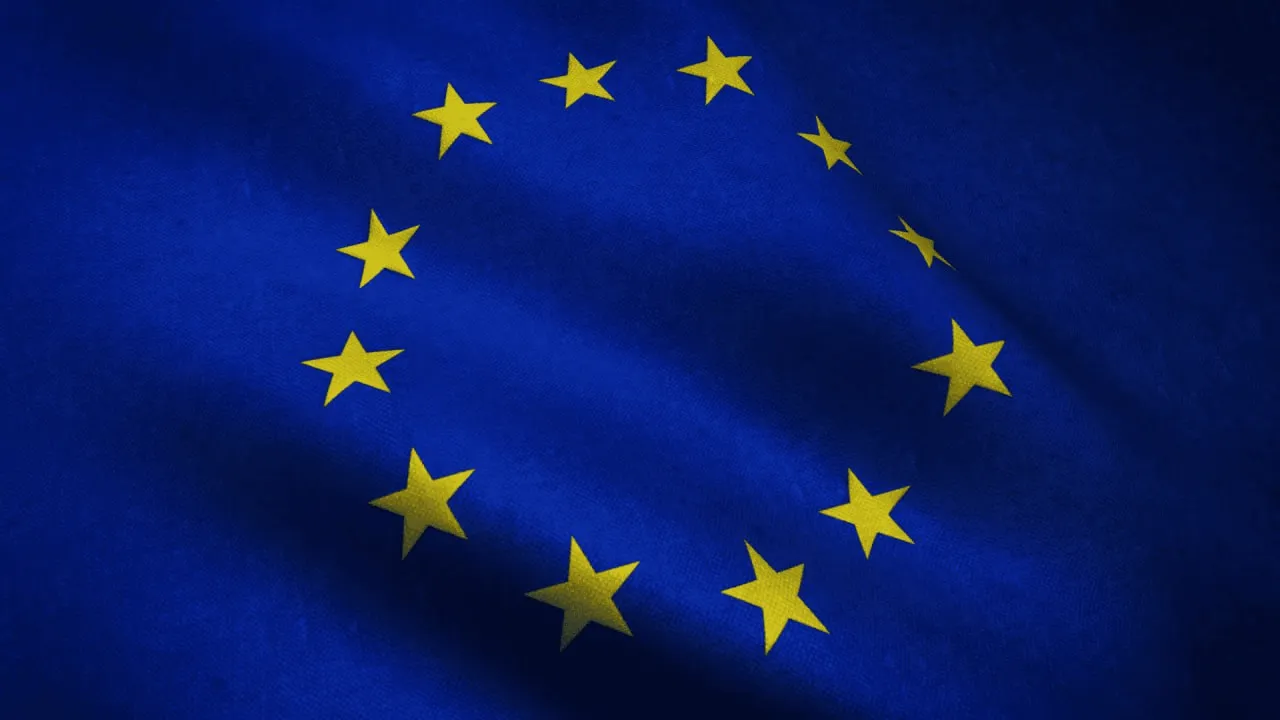Understanding the Travel Rule: What It Means for Crypto Transfers
03.02.2025
In today’s rapidly evolving digital asset landscape, regulatory compliance is more important than ever. One of the key regulatory frameworks shaping how cryptocurrency transfers occur is the Travel Rule. This article provides an in-depth look at what the Travel Rule is, how it affects crypto users, and what you can expect as the industry continues to adapt.
What Is the Travel Rule?
The Travel Rule was introduced by the Financial Action Task Force (FATF) on 1 June 2019 as part of a global effort to combat money laundering and terrorism financing in the digital asset space. Essentially, the rule requires virtual asset service providers (VASPs) - including exchanges - to gather and transmit essential information (such as the names and account details of both sender and beneficiary) when transferring digital assets between institutions.
Why Was the Rule Introduced?
The adoption of the Travel Rule by FATF was intended to bring greater transparency and accountability to the cryptocurrency market. By ensuring that key information accompanies each transfer, regulators aim to prevent illicit financial activities and foster a safer ecosystem for both institutions and retail investors.
How the Travel Rule Affects Crypto Users
Exchanges and financial organisations have adopted a phased approach to implement the Travel Rule in order to minimize disruption for users. Under the current framework:
- Outgoing Transfers: When initiating a transfer, you will be asked to provide the beneficiary’s name and specify whether the destination is a private wallet or another cryptocurrency exchange. Additional information may be requested, but once a wallet address has been associated with a beneficiary’s details, future transfers to that same address will not require resubmission of that information.
- Incoming Transfers: For digital assets coming into your account, you may need to supply details regarding the originating party, including their name and whether the funds are coming from a private wallet or another exchange.
This approach is designed to ensure compliance while keeping the process as smooth as possible for users, thereby reinforcing the legitimacy of the crypto ecosystem.
What the Future Holds
The ultimate goal for financial organisations is to achieve full compliance with regulatory bodies on both incoming and outgoing transfers. As the Travel Rule continues to be rolled out, exchanges are expected to work closely with their users to verify the ownership and control of private wallets. Users can expect to receive timely notifications regarding any upcoming changes or additional measures required for future transactions.
